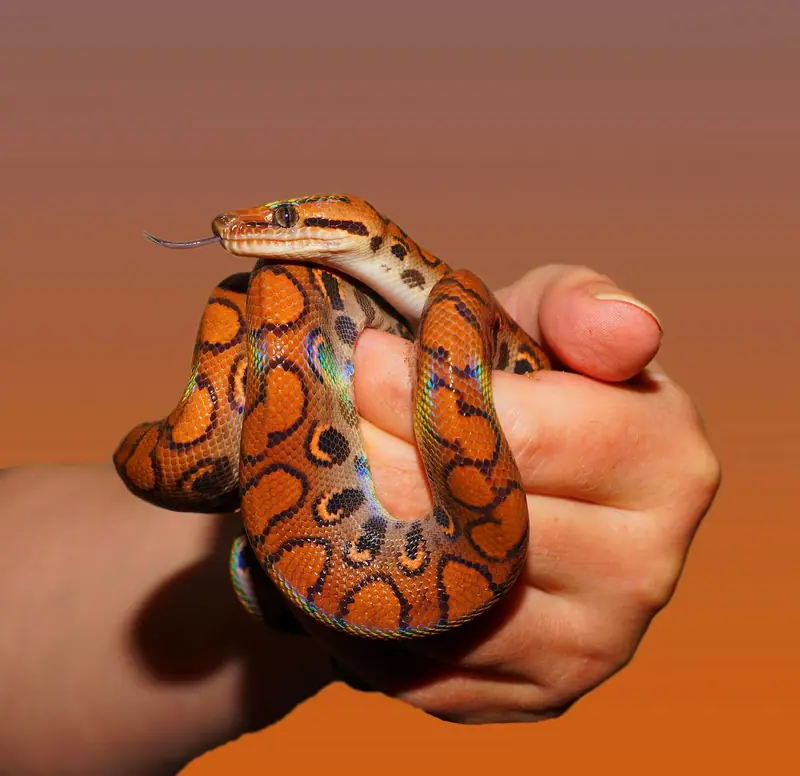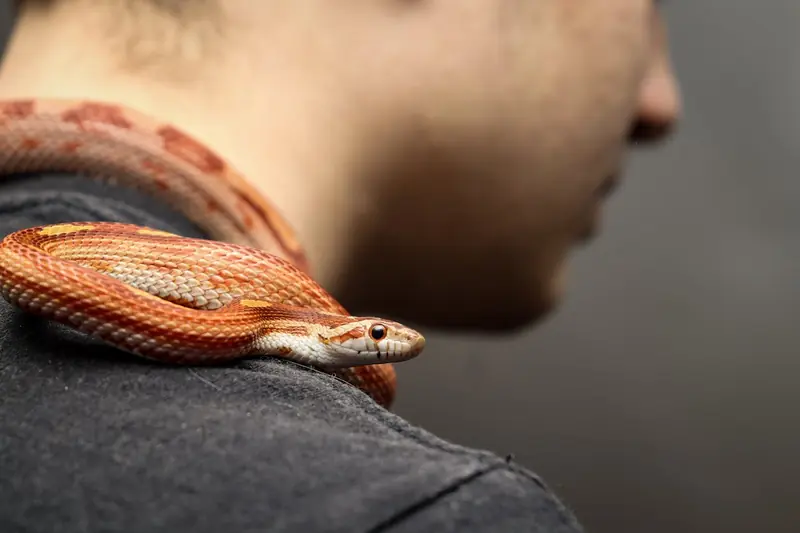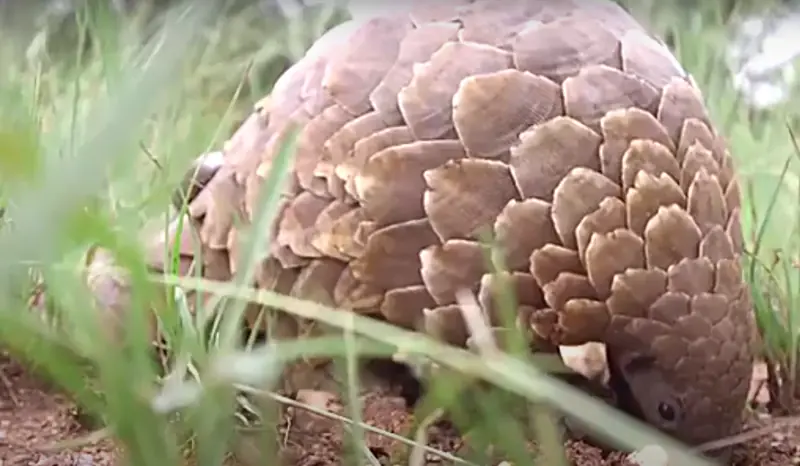
The Chinese customs service apprehended a man crossing the border with dozens of live snakes stuffed into his pants. The resourceful smuggler was intercepted at the Futian port, located between Hong Kong and Shenzhen.
“During the inspection, customs officials discovered that the passenger’s pant pockets were crammed with six canvas bags tied shut and sealed with tape,” the Chinese customs service reported.
The bags contained 104 live snakes “of various shapes, sizes, and colors,” according to the statement. The method of transportation was deemed overly radical even by seasoned customs workers.
With the help of herpetologists, they quickly identified five species of reptiles in the smuggler’s collection, as reported by IFLScience: including the western rat snake, milk snake, Texas rat snake, bull snake, and corn snake.
Most of these species are not typical for China. Experts noted that the traveling snakes were non-venomous.

Center of Animal Smuggling
This is the reputation the country has earned over the years. The recent incident is a vivid example of how rampant illegal wildlife trade is here, with smuggling methods becoming increasingly bizarre.
The demand for smuggled wildlife in China is alarmingly high. These animals are often imported for use in traditional medicine, as well as being viewed as pets and investments.

Pangolin
It’s worth noting that between 2010 and 2021, there were 192 recorded cases of pangolin smuggling in the country. During the uncovering of these crimes, law enforcement officials counted 74,500 dead pangolins, according to the China Environmental Investigation Agency.

However, in recent years, the country has been trying to shed its reputation as a hub for animal smuggling. In February 2020, the country’s top legislative body announced a decision to “completely ban illegal wildlife trade and eliminate the consumption of wild animals for food to protect human life and health.” Species that were already banned received enhanced protection, and the Chinese government promised that penalties for offenders caught smuggling animals would be stricter.
Despite international efforts to halt the smuggling and sale of endangered exotic animals, this industry is currently valued at $20 billion a year worldwide. It is increasingly linked to organized crime, armed violence, and, of course, environmental damage.
“Wildlife trafficking is the fourth largest illegal activity in the world, surpassed only by arms, drugs, and human trafficking,” noted the Zoological Society of London (ZSL).
